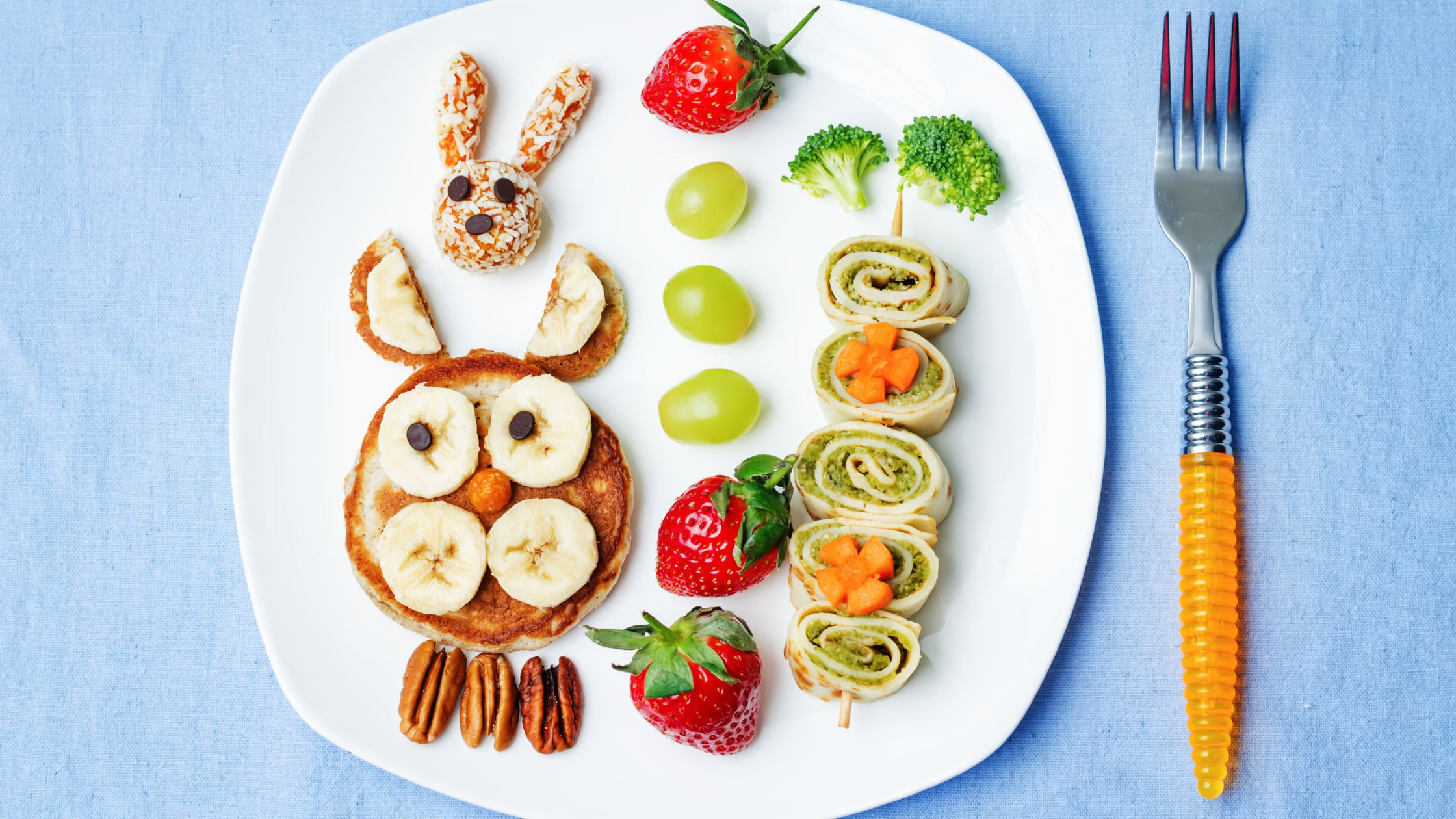As parents, our journey with ensuring our children receive the best nutrition starts from the very beginning – from the choice between breastfeeding and bottle-feeding, to the introduction of solid foods. However, as they grow, so do the challenges associated with maintaining a healthy and balanced diet for them. In this blog post, I’ll explore the evolving landscape of nutrition for kids, focusing on the struggles parents face when our kids transition to independent eating.
In the early stages, we meticulously monitor our kid’s growth, ensuring they receive the right nutrients from breast milk or formula. The transition to solid foods comes with its own set of challenges, with various opinions on the right way to introduce solids. As parents, we play the role of guides, carefully selecting the first foods and celebrating each milestone. Yet, as our children become more independent, this once well-choreographed dance can turn into a chaotic solo performance.
Once our children fully transition to independent eating, they assert their newfound independence by expressing food preferences and dislikes. The dinner table becomes a battleground where they may refuse to sit, demand specific foods, and inappropriately discard others (wall covered in food anyone?). It’s a phase that many parents find challenging.
Fussy eating is a common phase in a child’s development, often emerging between the ages of 2 and 6. It’s essential to recognize that this behavior is a natural part of their exploration of autonomy. As parents, our role shifts from feeding to guiding, providing a variety of nutritious options and allowing them to make choices within those boundaries. This approach helps foster a positive relationship with food, setting the foundation for a healthy lifestyle.
To navigate the challenges of nutrition for kids, it’s crucial to create a positive food environment at home. Involve your children in meal planning and preparation, making it a fun and educational experience. Understanding that children develop preferences is key to overcoming the hurdles of independent eating. While it’s important to expose them to diverse foods, respect their likes and dislikes. Introduce new foods gradually, and don’t be discouraged if they initially refuse. Patience is key; it may take multiple attempts before a new food becomes an accepted part of their diet.
Navigating the ever-changing landscape of nutrition for kids is undoubtedly a challenging aspect of parenthood. The transition to independent eating comes with its unique set of hurdles, but by approaching it with patience, understanding, and a positive mindset, parents can help establish healthy eating habits that will benefit their children in the long run.
Happy Little Eaters is a nutrition course for parents all about feeding kids ages 1-5 years of age. If it sounds like something you need, come on over here.

Jade Harman is a Clinical Nutritionist, educator, and speaker helping people make sense of nutrition. With a Bachelor’s degree in Nutritional and Dietetic Medicine and experience supporting more than 500 clients, she’s seen firsthand how misinformation can derail good habits. Jade doesn’t do fads or guilt – just practical advice that works in real life with real people. You can find out more about Jade here.

+ show Comments
- Hide Comments
add a comment